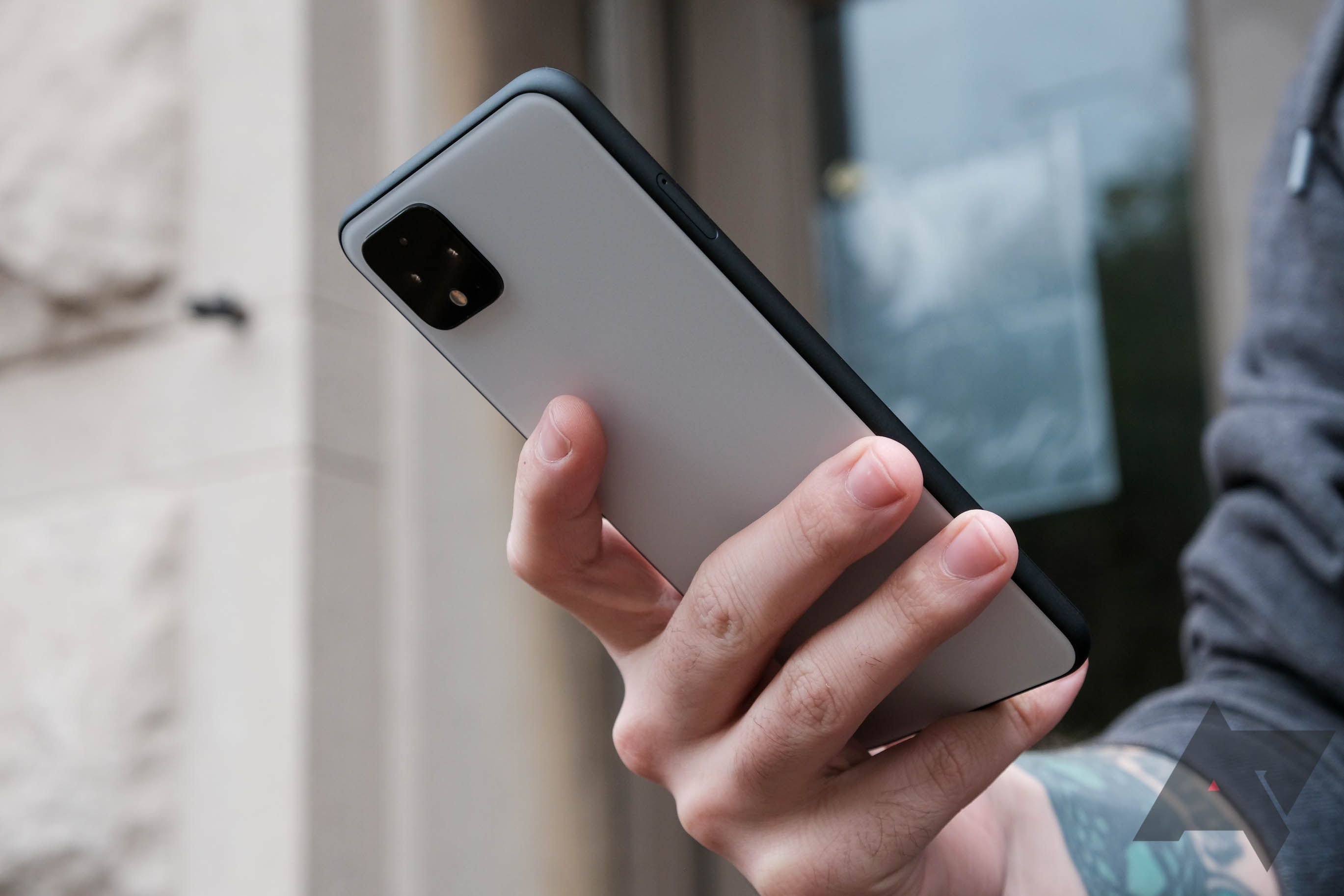Read update
- Android 11 GNSS support
Dual-band GPS — or, technically, dual-frequency GNSS — should be able to provide a better navigation experience by pulling additional data from navigation satellites. A number of Android devices have the hardware required to use this method, including the newly-announced Pixel 4. And according to Google, the feature is "coming soon."
This all gets pretty technical, but in a nutshell, US devices using dual-band GPS will get additional location data on a frequency labeled L5 — data that's more nuanced and accurate than that received on the default L1 frequency. (Other countries using different satellites rely on different frequencies.) For users, that should result in more accurate navigation, particularly in notoriously tricky urban environments.
Earlier this year, the folks at PhoneArena pitted a number of devices whose hardware supports dual-band GPS navigation — notably including the OnePlus 7 Pro — against several that don't. They didn't notice any meaningful difference. Google's language about the Pixel 4 suggests that in addition to the right hardware, the feature requires some kind of software optimization to function, and according to the phone's product page, that optimization is currently in the works — meaning the Pixel 4 should be able to tell where you are with a higher degree of accuracy than previous phones.
UPDATE: 2020/03/19 9:03am PDT BY MANUEL VONAU
Android 11 GNSS support
In the sheer infinite expanse of the Android 11 developer documentation, an entry for GNSS or dual-band GPS support has surfaced. While the Pixel 4 isn't explicitly mentioned, it's plausible that owners will be able to use the hardware once developers add support for the new GnssAntennaInfo class to their apps. Hopefully, Google Maps will be among the first to utilize it — even if the difference isn't too meaningful, it might make GPS more reliable.
Source: Google
Thanks: Ken

